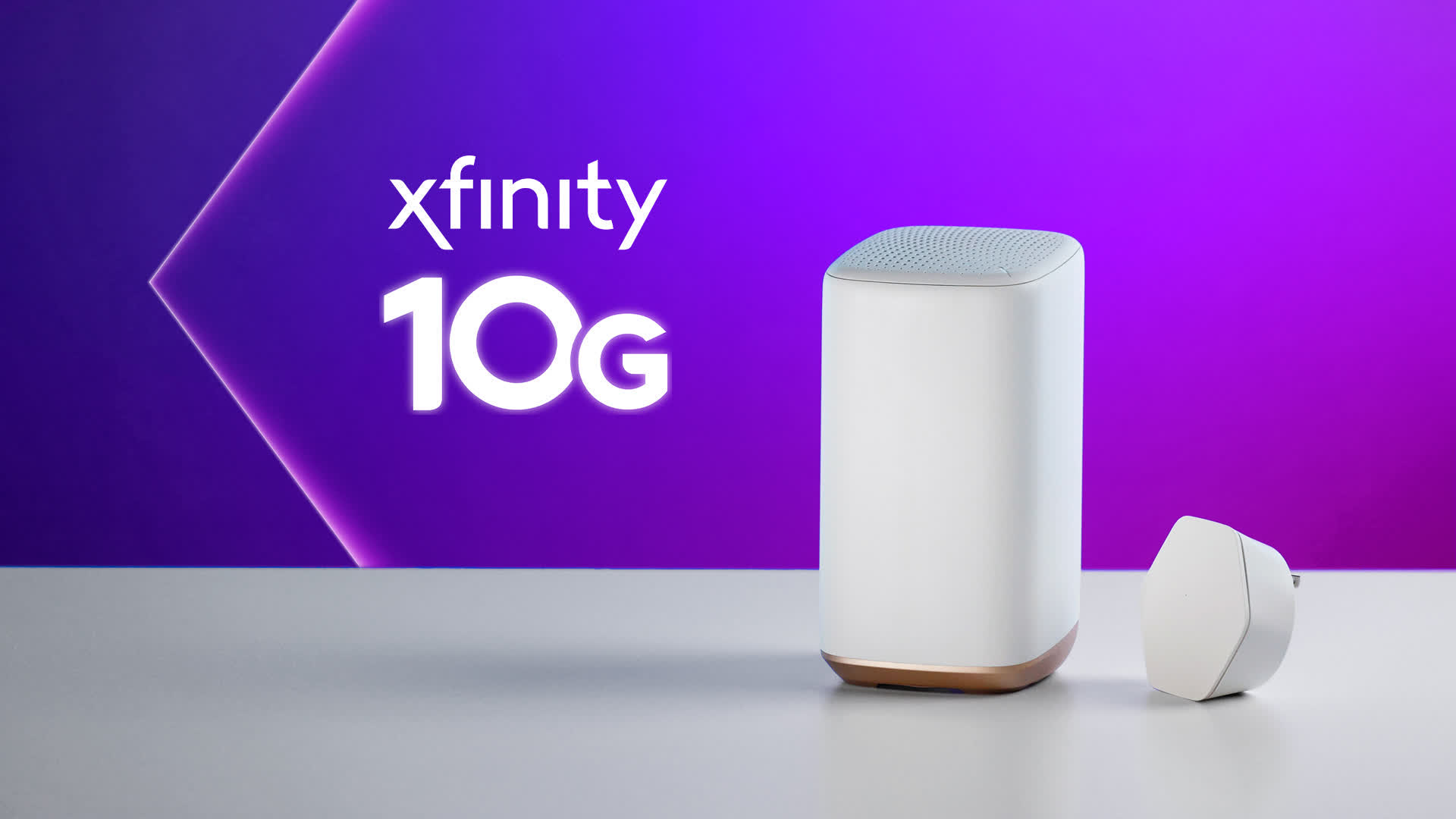What just happened? Comcast has reluctantly agreed to discontinue its use of “10G” branding when referring to Xfinity network speeds, following complaints from rival wireless providers. The National Advertising Review Board (NARB), the appellate advertising body of BBB National Programs, recommended Comcast abandon its “10G” branding. At the very least, the board said, the branding communicates that Xfinity users will experience speeds significantly faster than what is available over existing 5G networks.
What’s more, the board determined that the availability of speeds through the Xfinity Gigabit Pro service tier “does not support the superior speed claim (or a 10Gbps claim) for the Xfinity network as a whole.”
Comcast’s “10G” initiative started out as just that, a project with the goal of eventually delivering Internet speeds of 10 gigabits per second. In early 2023, however, the company started using the branding in relation to its Xfinity service – often times, in areas were the fastest speed available was only 1 Gbps. Some consumers may confuse the 10G branding with the wireless industry’s 5G networks, and believe it to be the 10th generation of a technology.

T-Mobile and Verizon complained to the National Advertising Division (NAD), but Comcast appealed those challenges.
Comcast has now said that although it strongly disagrees with NARB’s analysis and approach, it will modify its advertising to comply with the panel’s recommendations. The cable company told Ars Technica, however, that is reserves the right to use the term “10G” or “Xfinity 10G” in a way that does not misleadingly describe the Xfinity network itself.
As a general rule of thumb, it’s a good idea to try and look beyond marketing claims when shopping for data services. Reading the fine print can give you a better idea of speeds you can expect in the real world, and periodically performing speed tests on your own once you’ve signed up for a service to ensure you are getting what you are paying for isn’t a bad idea either. Faulty hardware or a weak signal, for example, are easily fixable and can often be remedied with a single visit from a technician.

